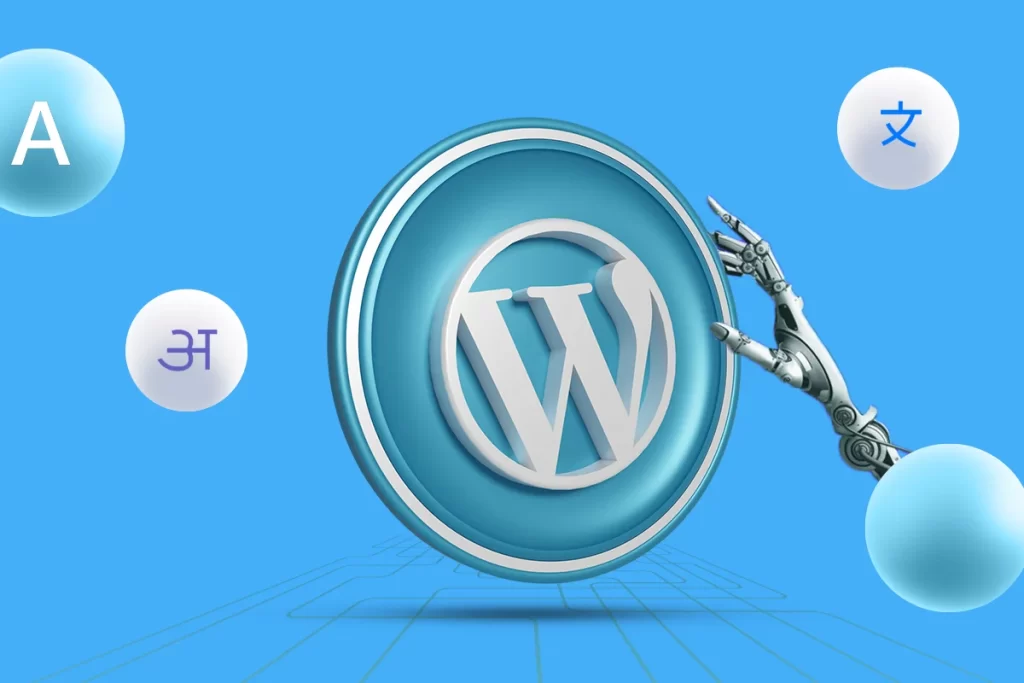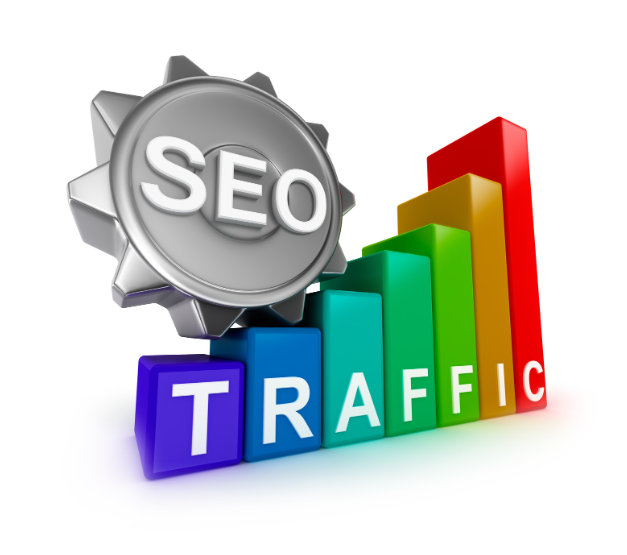Multilingual websites are becoming increasingly essential in today’s globalized digital landscape. They allow businesses and organizations to reach a broader audience, improve user experience, and enhance SEO performance. For WordPress developers, creating a multilingual site can seem daunting at first, but with the right tools and techniques, it can be a rewarding endeavor.
Understanding Multilingual Website Development
A multilingual website is one that offers content in more than one language, catering to the linguistic diversity of its audience. The benefits of such websites are manifold, including increased engagement, expanded reach, and improved conversion rates. However, building and maintaining multilingual sites pose unique challenges, such as content translation, SEO optimization, and performance considerations.
Choosing the Right Tools and Plugins
WordPress offers several plugins to facilitate the creation of multilingual websites, each with its own set of features and functionalities. Popular options include WPML (WordPress Multilingual Plugin), Polylang, and Weglot. Evaluating these plugins based on factors like ease of use, translation management capabilities, and compatibility with other plugins is crucial in selecting the most suitable one for your project.
Setting Up WordPress for Multilingual Support
Once you’ve chosen a multilingual plugin, the next step is to install and configure it according to your project’s requirements. This involves setting up language preferences, configuring language-specific content structures, and ensuring seamless integration with your WordPress theme and other plugins.
Translating Content Effectively
Efficient content translation is paramount for the success of a multilingual website. It’s essential to adhere to best practices to maintain consistency and accuracy across languages. Leveraging translation management tools and resources can streamline the process and ensure timely delivery of translated content.
Optimizing SEO for Multilingual Websites
Multilingual SEO plays a critical role in driving organic traffic to your website from diverse language markets. Implementing hreflang tags, optimizing meta tags, URLs, and other SEO elements for each language version are key strategies for maximizing visibility and rankings across search engines.
Performance Optimization and Compatibility
Optimizing performance and ensuring compatibility with WordPress themes and plugins are crucial for delivering a seamless user experience across languages. Regular testing and troubleshooting help identify and address performance bottlenecks and compatibility issues.
Ensuring Accessibility and User Experience
Designing multilingual websites with accessibility and user experience in mind is essential for catering to diverse language audiences. Providing language switchers, navigation options, and addressing accessibility issues ensure an inclusive and user-friendly experience for all visitors.
Maintaining and Updating Your Multilingual Site
Regular updates and maintenance are necessary to keep your multilingual website running smoothly. This includes monitoring and managing multilingual content, handling software updates, and resolving any compatibility issues that may arise.
Takeaway
Building a multilingual WordPress development site requires careful planning, attention to detail, and ongoing optimization. By following the guidelines outlined in this developer’s guide, you can create a robust, SEO-optimized multilingual website that effectively reaches and engages a global audience.
To sum it up, if you’re seeking top-notch WordPress development, Web Boost Online is the expert you need. Trust in their proven track record and transform your website into a digital masterpiece.











